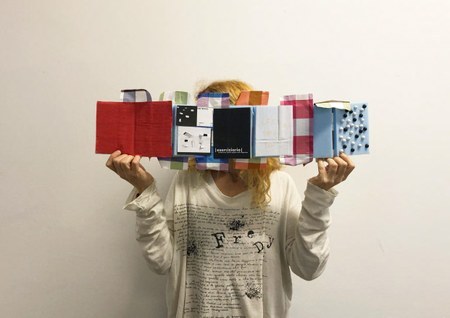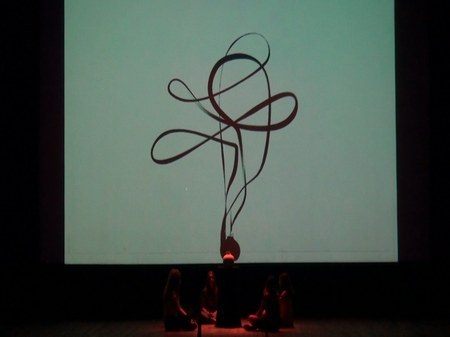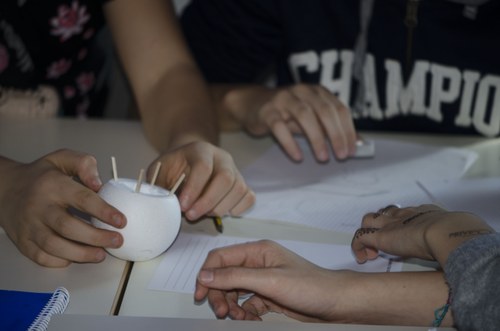Research, experimentation and innovation are the key words that drive the most ambitious projects.

The term research-action refers to a research practice aimed at producing transformations in the investigated context and, at the same time, at setting in motion a process of
awareness of these changes. What distinguishes it is the making "explicit and finalized intervention in the social environment that is implicit in any sociological, anthropological and educational investigation" (Giacalone, 1994).
There are various types of research-action that lead to favouring a certain type of material over others, finding notable differences.
In its general aspects the research-action presents a character of request because it begins with the identification of one or more problems by the individuals involved who will then turn to the researcher in search of a solution.
Anthropology+Design, Naba, Milan.

Theorized at Stanford around 2000 and arrived in Italy mainly thanks to the contributions of Professor Claudio Dell'Era, Design Thinking is today an approach aimed at solving complex problems through creativity. By focusing on the person and his resources, Design Thinking pushes individuals to work together and democratically to create a prototype able to meet, if not anticipate, the needs of possible users.
Used mainly in management, Design Thinking can also be used in training and, in general, in any context that involves a team, a goal, an exercise of collective creativity that aims to create something new.
Sguardi Oltre, Scandicci, Florence.

Today the landscape of design research has profoundly changed and sees the collaboration between anthropology and design as part of a co-design process. We can understand co-design as an approach that involves a group of people as stakeholders - the different stakeholders - in the phase of generating ideas and designing a concept, a product or a service, with the aim of sharing the needs of all the components and defining together the guidelines of a project. On the same table are therefore working people with different skills and operational levels, who will be able to channel and align their ideas towards a common goal with the aim of defining some of the criteria that will affect the future development of the project.
Co-design to imagine new technologies. Florence Picture by Secil Ugur Yavuz.